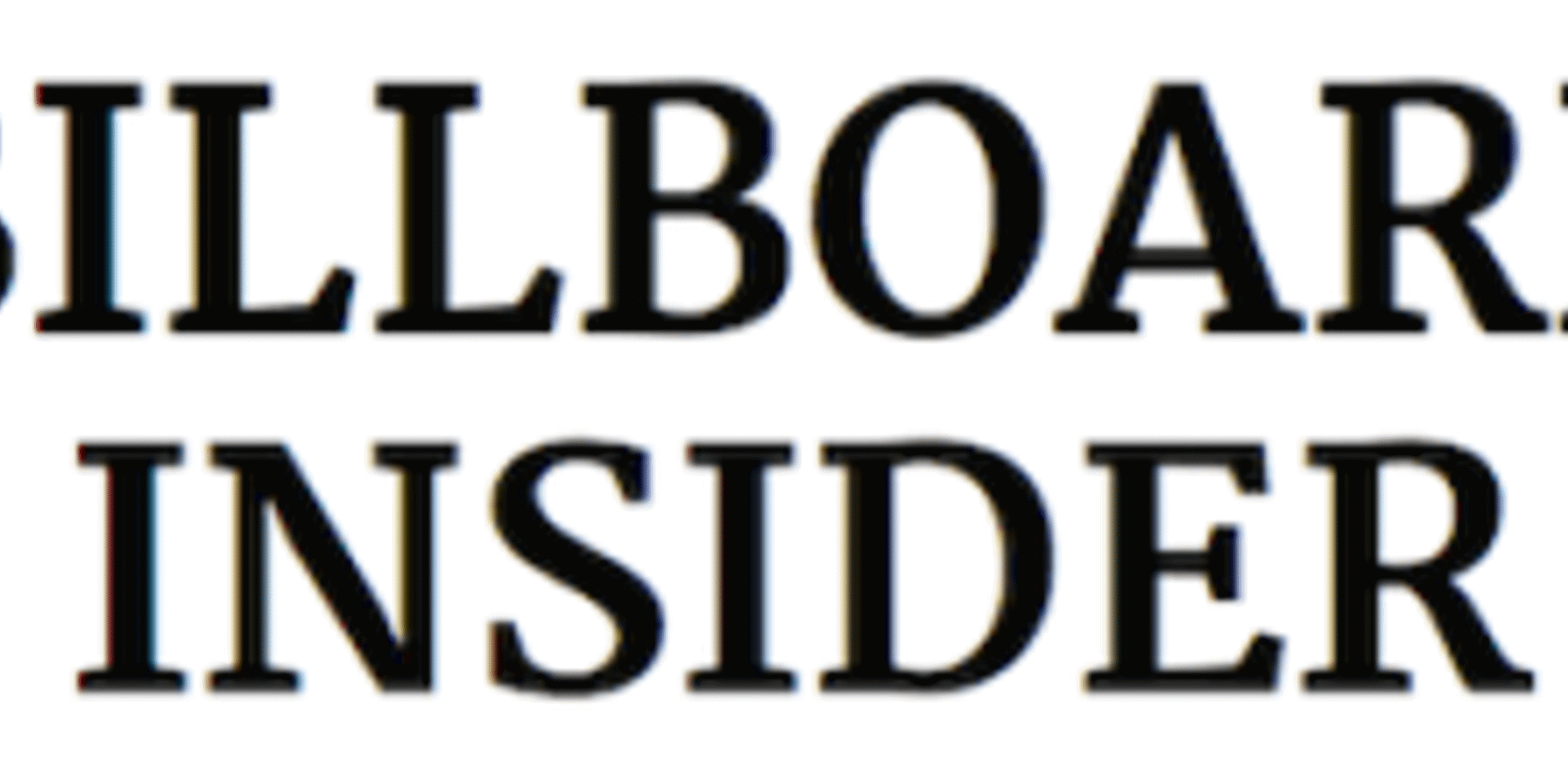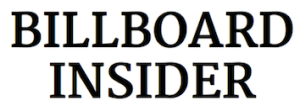Billboard Insider Interview
Last week, Billboard Insider sat down with our own Roger Brown to talk about digital sign legislation and regulation. Below is a transcript of the interview with Roger. Billboard Insider Interview Roger Brown is an expert and digital sign legislation and regulation. Nearly 10 years ago he was hired to build and manage the Signage […]
5/19/2016
Categories: Out of Home Advertising


Last week, Billboard Insider sat down with our own Roger Brown to talk about digital sign legislation and regulation. Below is a transcript of the interview with Roger.
Billboard Insider Interview
Roger Brown is an expert and digital sign legislation and regulation. Nearly 10 years ago he was hired to build and manage the Signage Legislation department of Daktronics. Insider talked with Brown last week about sign regulations and how Daktronics can help outdoor companies navigate legislative and regulatory barriers.
Roger, how did you happen to get involved with the outdoor industry?
It was really a shot out of the blue for me. Daktronics realized that the regulatory framework for signs would be changing based on the new technological capabilities of LED signs, and they were looking for someone to help shepherd the process for the company. I was fresh out of law school, and while I had done quite a bit of work regarding 5th Amendment Takings law, I hadn’t been involved in the outdoor industry previously. The fact that laws and regulations across the country were changing at the Federal, State, and Local levels intrigued me, and seeing the technology gain acceptance over the years has been truly rewarding.
What are some common objections to digital signs and how can these issues be addressed?
- The brightness of LED signs at night has been the number one concern over the years. We’ve come a long way as an industry in agreeing on a regulatory framework within which to work and educating regulators as to its implementation and enforcement in the field.
- Traffic safety would be another major concern that is often brought up. Thankfully, there has been a lot of research done regarding traffic accident statistics and distracted driving concerns, and that type of positive evidentiary data is usually persuasive to most regulators. Statistical studies consistently show that accidents are not rising near digital billboards and the level of distraction was found to be well within the safety zone in a Federal Highway Administration study.
- One other issue would be a concern about aesthetics. Quite regularly, we see misinformation equating digital billboards with on-premise signs, which are using much more movement in their content. Opponents often talk about the signs’ ability to produce television quality content and that towns will be turned into Las Vegas. But once we make it clear the billboards will be a still image, without any perceived motion, much of the concern is diffused.
Talk some more about brightness because this becoming more of an issue.
Early on, the industry did suffer some bad press as some manufacturers/customers were not dimming down properly and creating a bad reputation for the industry. Today, automatic dimming capabilities and appropriate brightness levels have been agreed to by the OAAA, the major manufacturers and most billboard companies. The standard, in short, is that the sign should not exceed .3 foot candles above the ambient light level when measured from an appropriate distance. (That distance is determined using a calculation based on the size of the sign) This ensures that the sign looks to be at an appropriate brightness level no matter its surroundings and time of day. This standard allows the signs to operate while giving regulators the objective standard they need to determine when a sign is too bright at night.
What are some things an outdoor company should keep in mind when they get involved in the political process?
Daktronics and others have created a lot of great pamphlets and handouts to help educate regulators of the various concerns regarding digital billboards. And when it comes time for testimony, many of us have spent time testifying on the subject. I have found that the reliance on manufacturers to provide technical expert witnesses tends to have a large impact during the political process. We even regularly host on-site demonstrations of the products and equipment so that the legislators, city councils, staff, etc. feel comfortable agreeing to the usage of this technology. We’ve come a long way in this process, with the Federal Government, all but two of the possible State Governments, and a multitude of local communities now with specific language allowing for digital billboards.
How can Daktronics help outdoor companies succeed in legislative and regulatory matters?
Here at Daktronics, we work with our customers in two main forums; the legislative and permitting arenas. We actively work to open up jurisdictions that outlaw the products, thereby creating new markets for our customers. In such efforts, we are also attempting to limit the impact of negative regulations that might limit the utility of digital billboards to outdoor companies. We also provide permitting assistance for individual sites.
These efforts, as well as our collaboration with the OAAA and even competing manufacturers, has allowed us to improve the chances that our customers can receive the permits they seek and expand their inventories of our products.
